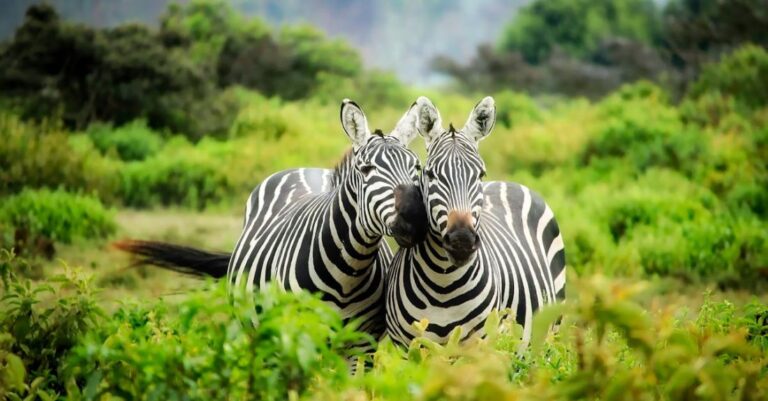
The Galapagos Islands, located in the Pacific Ocean off the coast of Ecuador, are renowned for their unique biodiversity. The marine life in the waters surrounding these islands is equally fascinating, with a plethora of species that are found nowhere else on Earth. However, like many marine ecosystems around the world, the Galapagos face threats from human activities that are endangering the survival of several marine species. In this article, we will explore some of the most endangered marine species in the Galapagos and the factors contributing to their decline.
**Galapagos Penguin**
The Galapagos penguin is the only penguin species found north of the equator, making it a unique and iconic resident of these islands. However, this species is facing significant threats to its survival, primarily due to climate change. Rising sea temperatures are impacting the availability of food for the penguins, leading to decreased breeding success and population decline. Additionally, events such as El Niño, which bring warm water currents to the region, further exacerbate the challenges faced by these charismatic birds.
**Green Sea Turtle**
Green sea turtles are another iconic species in the Galapagos that are facing a precarious future. While they have been protected in the islands for decades, they continue to be threatened by illegal poaching, entanglement in fishing gear, and habitat destruction. Climate change poses an additional threat, as rising temperatures can skew the sex ratios of turtle populations and disrupt their nesting behaviors. Conservation efforts are underway to protect these ancient creatures, but their survival remains uncertain.
**Scalloped Hammerhead Shark**
The scalloped hammerhead shark is a majestic predator that roams the waters of the Galapagos, playing a vital role in maintaining the health of the marine ecosystem. However, overfishing and the demand for shark fins pose a significant threat to the survival of this species. Hammerhead sharks are particularly vulnerable due to their slow reproductive rates and long gestation periods, making it difficult for populations to recover from declines. Strict regulations and marine reserves are essential for protecting these apex predators and ensuring their continued presence in the Galapagos.
**Galapagos Fur Seal**
The Galapagos fur seal is a charismatic marine mammal that has faced a tumultuous history of exploitation and habitat degradation. While their populations have shown signs of recovery in recent years, they remain vulnerable to human disturbances and changes in their environment. Climate change, in particular, poses a threat to these fur seals, as warming oceans can alter their food sources and breeding habitats. Conservation efforts, including the establishment of protected areas and monitoring programs, are crucial for safeguarding the future of these endemic seals.
**Conclusion: Safeguarding the Future of Galapagos Marine Species**
The Galapagos Islands are a hotspot of biodiversity, home to a wide array of marine species that are found nowhere else on the planet. However, the delicate balance of this unique ecosystem is under threat from human activities, climate change, and other environmental pressures. To ensure the survival of endangered marine species in the Galapagos, concerted conservation efforts are needed, including the enforcement of regulations, sustainable fishing practices, and habitat restoration projects. By working together to protect these iconic creatures, we can help preserve the rich biodiversity of the Galapagos for future generations to enjoy and appreciate.





